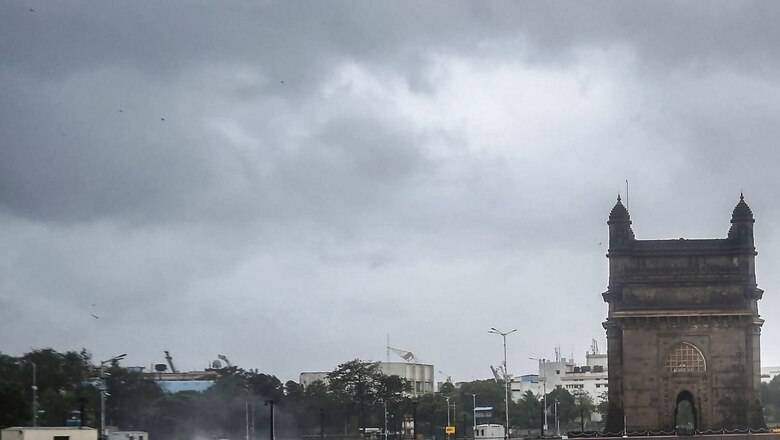
views
By 2050, a major part of south Mumbai, including Cuffe Parade and Nariman point will be submerged owing to the rapidly rising level of the sea, Civil chief I S Chahal predicted.
Speaking at the launch of the Climate Action Plan dedicated to Mumbai the chief said that it is about time for some wards in South Mumbai to go underwater. “This isn’t very far that a large percentage of the city’s A, B, C, and D wards in south Mumbai will be underwater due to climate change,” Chahal told TOI.
He said that nature has been giving warnings, but if people do not “wake up” then the situation would turn “dangerous”.
“80% of the areas like Cuffe Parade, Nariman Point, and Mantralaya will be underwater…Means going to disappear,” Chahal added.
Deliberating on the issue, Chahal noted that ever since he took charge in May of 2020, the city has witnessed numerous cyclones very close to its coast, a phenomenon not witnessed earlier. He thus warned that it will not only be the next generation that will suffer from climate change but also the current generation.
“Extreme rain events in Mumbai are increasing. In June-July. In June-July we recorded more than the city’s average rain. In July, 70% of the month’s average rainfall was received in four days,” Chahal added.
Data from BMC’s 37 automatic weather stations (AWS) over the past 10 years suggests that on average, Mumbai has seen six heavy, five very heavy, and four extremely heavy rainfall days per year.
Meanwhile, a new report released by the United Nation’s Intergovernmental Panel on Climate (IPCC) on 9 August pressed the red alert on global climate change and the impact it will have on communities across the world.
The IPCC report predicted that global warming will lead to a rise in temperature in every part of the world however the extent of temperature rise may vary across the world, causing heatwaves in many parts. These heatwaves are being called extreme heatwaves for India as they will be hotter as compared to the heatwaves in the past.
The report also highlighted the monsoon patterns across the world. It predicted that pluvial floods are set to increase across South Asia and India. India will not only have to predict excessive rainfall due to erratic monsoons but will also have to outline areas experiencing extreme drought. The Indian Ocean which includes the Arabian Sea and Bay of Bengal has warmed faster than the global average. The sea surface temperature over the Indian ocean is likely to increase by 1-2 degrees Celsius over the next 20 years.
Read all the Latest News, Breaking News and Assembly Elections Live Updates here.




















Comments
0 comment